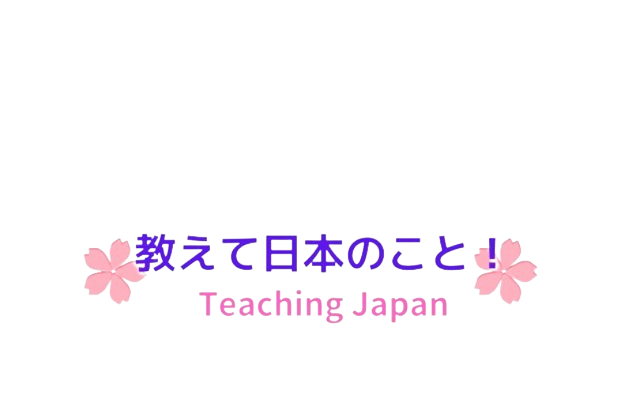縁起の良い装飾の重要性-京都の宮廷の古代の儀式は、贈り物の習慣に永続的な影響を与え、装飾でさえも深い意味を持っています。(The importance of auspicious decoration – The ancient rituals of the Kyoto imperial court have had a lasting impact on gift-giving customs, and even decoration has a deep meaning)
水引とは (What is mizuhiki)

水引(みずひき)は祝儀や不祝儀の際に用いられる飾りで贈答品の包み紙などにかける紅白や黒白などの帯紐。贈答品や封筒に付けられる飾り紐のことで、その形や色により様々な使い分けを行う。もしくは、飾り紐などに使われる紐。また飾り紐としてだけでなく、鶴や船などの置物や髪飾りとしても使用される。(ウィキペディアより)
Mizuhiki is a red-and-white or black-and-white obi cord that is used to decorate gift wrapping papers, etc. A decorative string attached to gifts and envelopes, which is used in various ways depending on its shape and color. Or a string used for decorative strings. In addition to being used as a decorative string, it is also used as a crane or boat ornament, or as a hair ornament.
起源(origin)
室町時代の日明貿易において明からの輸入品の箱全てに赤と白の縄が縛り付けられており、この縄は明側が輸出用の品を他と区別するために使用していたに過ぎなかったが、日本側がこの縄を贈答に使用する習慣と誤解し、以後の日本で贈答品に赤と白の紐をかけるようになったという説や、航海の無事を祈ったり海賊から守るための魔除けとして縄に塗った黒色毒が解くと赤色に変色したという説などがある。 また宮廷への献上品には紅白の麻の紐で結ぶ習慣があった。
During the Japan-Ming trade in the Muromachi period, red and white ropes were tied to all the boxes of goods imported from Ming, and these ropes were only used by the Ming to distinguish goods for export from others. However, there is a theory that the Japanese misunderstood the custom of using this rope for gifts, and since then red and white strings have been attached to gifts in Japan. There is a theory that when the black poison applied to the rope as an amulet dissolves, it turns red. It was also customary to tie red and white hemp cords to presents to the Imperial Court.
水引と日本の贈答文化(Mizuhiki and Japanese gift-giving culture)

水引は未開封であるという封印の意味や魔除けの意味と人と人を結び付けるという意味あいがあり、水引結びは引けば引くほど強く結ばれるものが多い。いわゆる日本の贈答ラッピングである水引は、西洋のラッピングやリボンのように解く事を前提としたものとは意味合いが異なる。品物を包む和紙の折型や水引の結び方と表書きの書き方によって用途を使い分ける。
Mizuhiki has the meaning of sealing that it is unopened, the meaning of amulet, and the meaning of connecting people, and many mizuhiki knots are tied more tightly the more they are pulled. Mizuhiki, which is a so-called Japanese gift wrapping, has a different meaning from Western wrapping and ribbons that are supposed to be untied. They are used for different purposes depending on how the Japanese paper used to wrap the item is folded, how the mizuhiki is tied, and how the surface is written.
水引細工
大正5年(1916年)頃、金沢市の津田水引折型の創始者、津田左右吉がそれまでは平面的であった水引結びから立体的な鶴亀松竹梅や鎧具足などの水引細工を創作したのが始まりとされる。その津田流水引独自の作風を加賀水引として確立させ金沢市の希少伝統工芸として定着している。水引細工は結納や金封に飾るようになり一般的に認知されるようになった。 昭和時代になると、水引の結び方もさまざまな結び方が開発され金封、結納品、水引細工の生産が増えた。現在では、封筒に付ける飾り紐や小物や趣味として作成されている。
Around 1916, Sokichi Tsuda, the founder of Tsuda Mizuhiki Folding Kata in Kanazawa City, created three-dimensional mizuhiki such as cranes, turtles, pine, bamboo, and plums and armor armor from the previously flat mizuhiki knot. is considered to be the beginning. His unique style of Tsuda-style mizuhiki has been established as Kaga mizuhiki and has become a rare traditional craft of Kanazawa City. Mizuhiki-zaiku came to be displayed in betrothal gifts and gold envelopes, and became generally recognized. In the Showa period, various ways of tying mizuhiki were developed, and the production of gold seals, betrothal gifts, and mizuhiki crafts increased. Currently, it is created as a decorative string attached to an envelope, as an accessory, or as a hobby.





